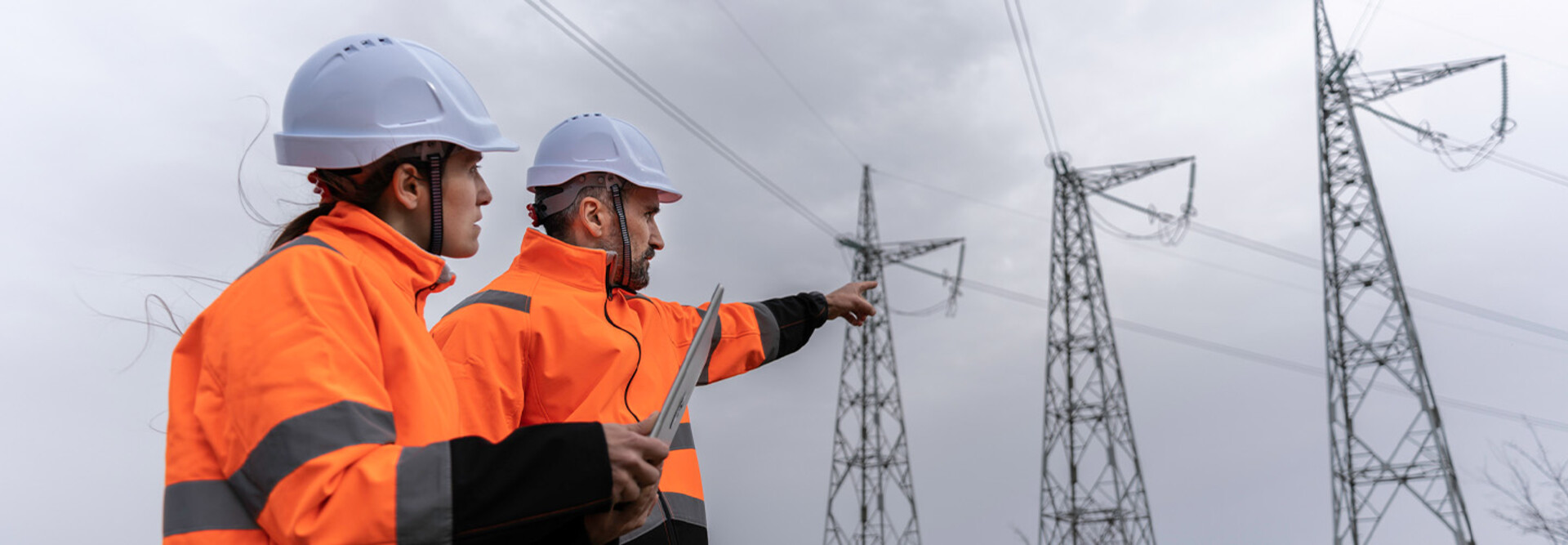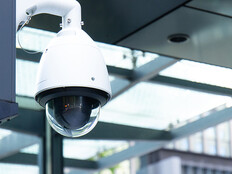At the same time, critical infrastructure security is complicated by aging systems that were connected to networks long after they were designed. Those retrofits can open gaps and create uneven implementations across a patchwork of federal, state and local oversight.
“When you’re trying to retrofit older technology with newer computing elements, there are always going to be gaps. And when you consider the patchwork of regulations, things fall through the cracks,” says Dr. Sibin Mohan, associate professor of computer science at George Washington University.
What Is Critical Infrastructure Protection?
The Cybersecurity and Infrastructure Security Agency defines critical infrastructure as “assets, systems, and networks that provide functions necessary for our way of life.” This includes healthcare, emergency services, water infrastructure and electrical infrastructure.
Critical infrastructure protection today means managing geopolitically driven risk targeting those systems, while modernizing legacy environments that weren’t built with those risks in mind. This is especially true of the power grid, which underpins so much about our way of life.
What Are Physical Security Risks to the Power Grid?
While cyberattacks draw headlines, physical threats to electrical substations and other assets remain part of the risk calculus for electric grid security.
Jim Richberg, Fortinet’s head of cyber policy and global field CISO, calls the energy sector “the base of the pyramid,” noting that adversaries understand its leverage over every other sector.
“Domestic violent extremists have really figured out that if they want to hurt government, taking out the power is critical. Nation-states have been targeting, and Russia and China each target a different part of the energy ecosystem,” he says.
For public sector utilities, costs can slow physical upgrades, from hardened perimeters to access control, requiring careful prioritization of mitigations with clear reliability impact and regulatory support. In practice, power grid security teams should align physical hardening, incident playbooks and recovery procedures with cyber contingencies so a single event cannot cascade.
Click the image below for more coverage related to critical infrastructure.








.gif)





